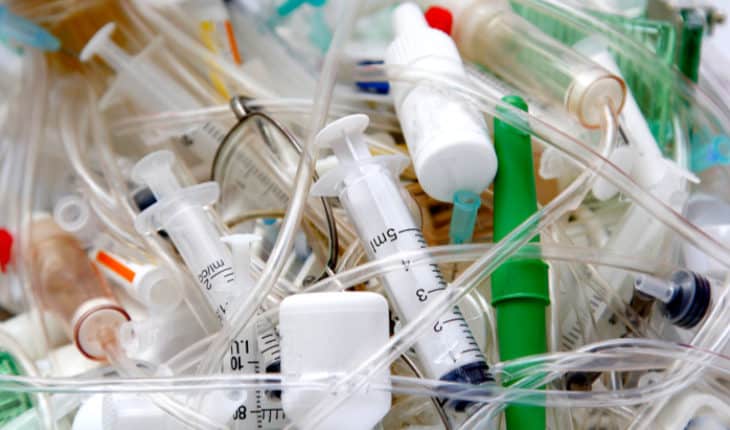


The new product is designed to stabilize liquid wastes, in particular wastes containing soluble chromium salts and some anions, such as chlorides, sulphates and oxalates. Waste Management is proud to provide trash, garbage, recycling and landfill support across the state. A test procedure is done to determine if the aquatic toxicity is high enough for the waste to be classified as toxic.The invention consists in the chemical formulation of a matrix capable of stabilizing and separating chromium, such as other heavy and non-heavy metals, from the solution. This toxicity is related to waste being toxic when fish are exposed to it. A particular waste is toxic if it has a certain level of oral toxicity. This type of toxic waste is due to slightly toxic substances or becomes slightly toxic when consumed. This doesn’t include wastes that aren’t regulated by the EPA’s RCRA. TELP test results are compared with regulations for hazardous waste. Toxicity Characteristic Leaching Procedure (TCLP) is related to the definition “hazardous waste” and is defined by the EPA as wastes that can release dangerous substances into the environment. Toxicity Characteristic Leaching Procedure The Waste Extraction Test (WET) is related to another procedure known as “total digestion.” Each lab test is compared with various regulations for toxic waste to determine whether or not a particular substance should be defined as such.Ĥ. This is a major issue since cancer is one of the most common causes of death, according to the World Health Organization (WHO). In this situation, the waste contains a certain level of cancer-causing substance that classifies it as being dangerous. It involves a certain level of dermal toxicity.
#MIDICO WASTE SKIN#
This is a test that’s related to a substance being slightly toxic or having a slightly toxic substance that’s triggered through skin contact. “Toxic” is a wide category that can be defined when a substance has 1+ of the following features: The disposal of toxic wastes can cause groundwater to become polluted. This involves different substances, including lead, mercury, Dichlorodiphenyltrichloroethane (DDT), etc. Toxic waste is dangerous or deadly when it’s absorbed or indigested. The EPA provides not only strict guidelines for classifying this toxic waste but also provides other guidelines about how much waste must be Stored, Treated, Disposed, and Recycled. The EPA also maintains a list of waste generators that have successfully been delisted from the EPA’s list of facilities producing dangerous waste. It’s also possible for waste generators to request the EPA to de-list their waste as hazardous. The EPA then requires waste generators to check if they’re producing waste with features that classify it as “hazardous.” In other words, not all solid wastes are “hazardous” based on the EPA’s standards, but all hazardous wastes are solid wastes. It’s possible for a particular solid waste to not be classified/regulated as hazardous. Is the solid waste exempt from being regulated? Other organizations use a broader definition that can include liquid or gas, but the EPA strictly defines such toxic waste as having a solid form.Ģ. The EPA always defines hazardous-type waste as solid waste. This has resulted in the US agency creating a list of questions that waste-generators can ask to determine whether or not they are indeed producing “hazardous” waste: While this hazardous waste definition is objective, it can be extremely complex. The EPA has also created objective requirements that allow for a particular material to be regulated as “hazardous waste.” It has defined various substances that have been scientifically proven to be hazardous. The EPA has created a regulatory hazardous waste definition.


 0 kommentar(er)
0 kommentar(er)
